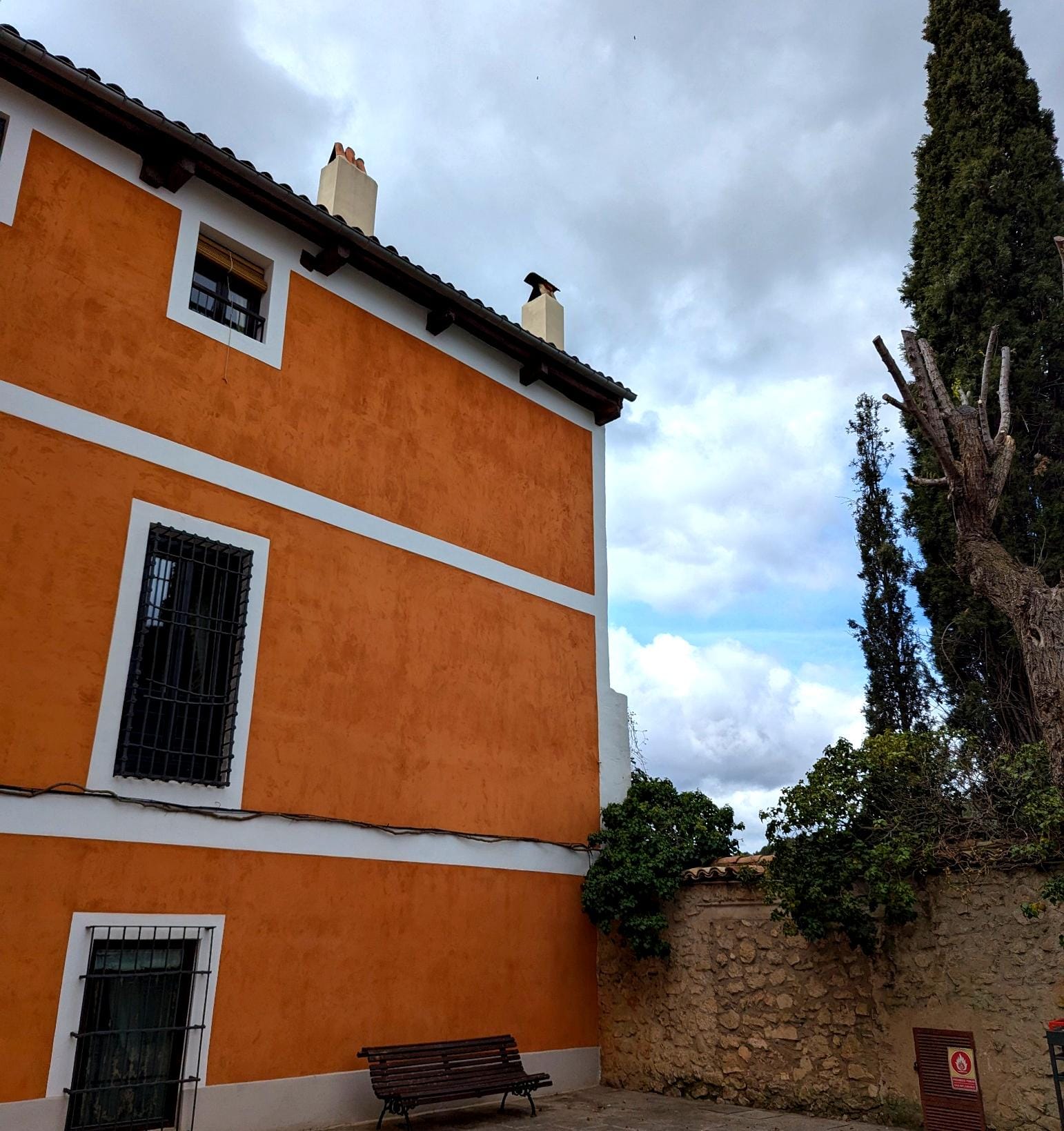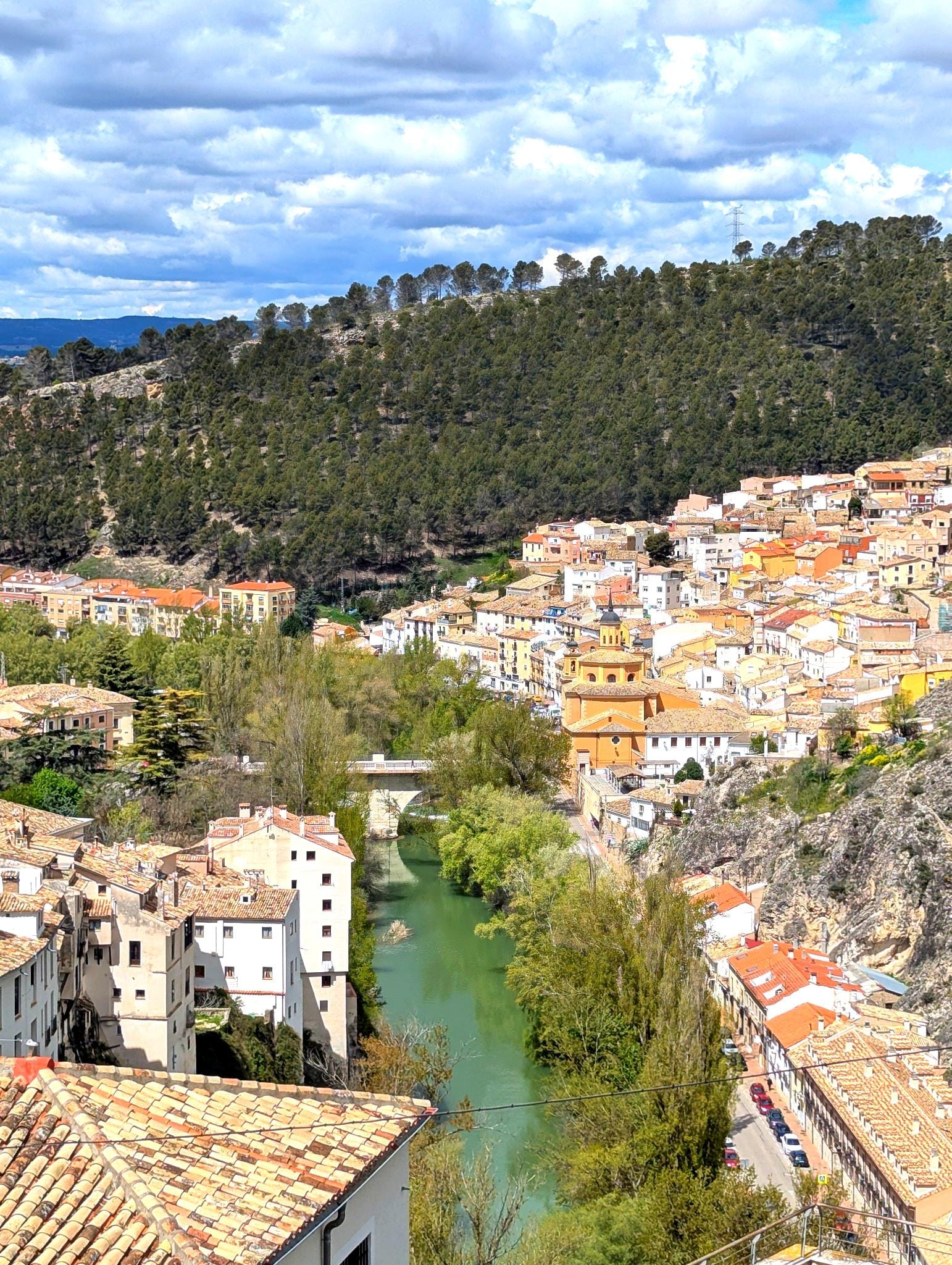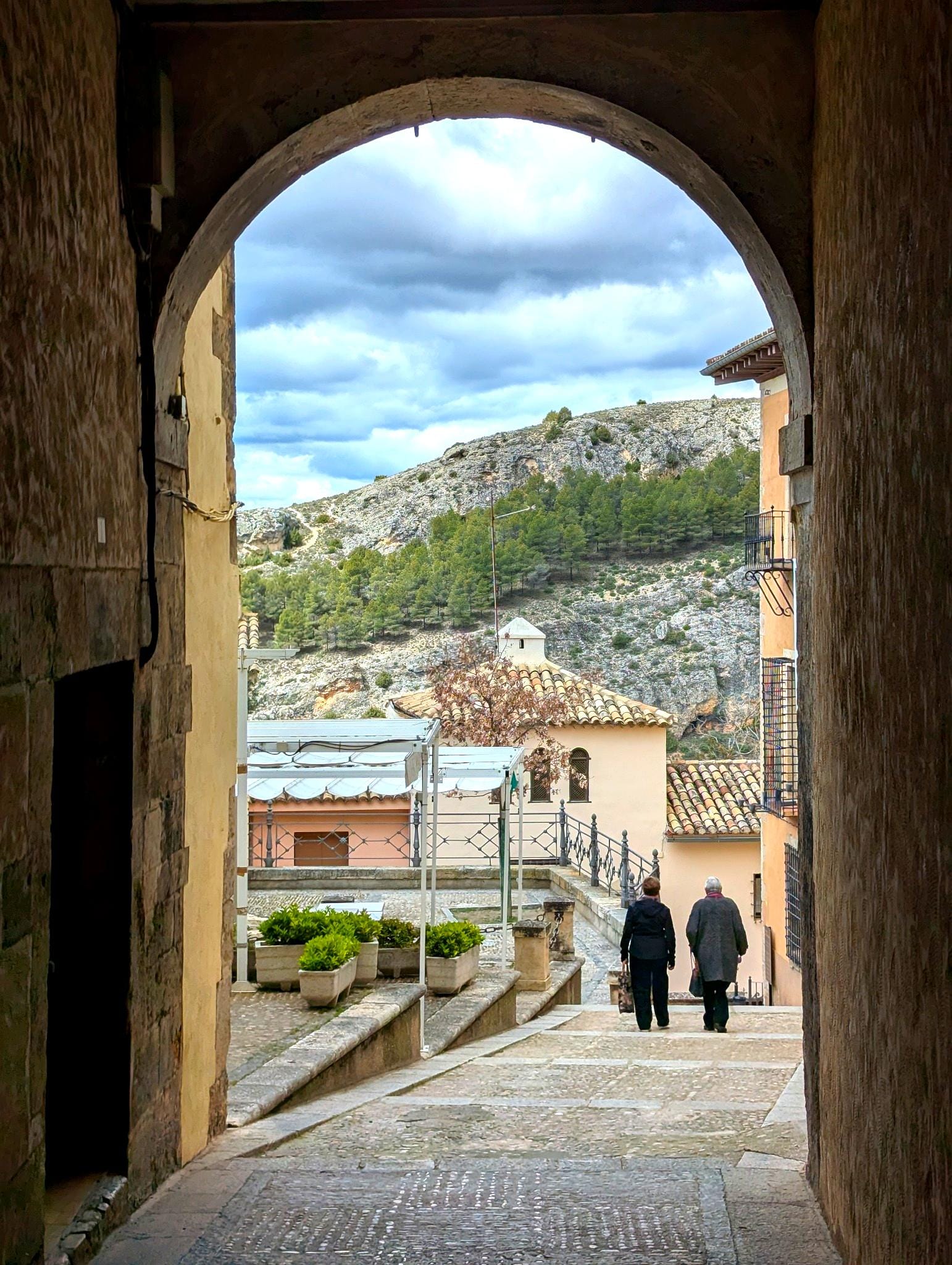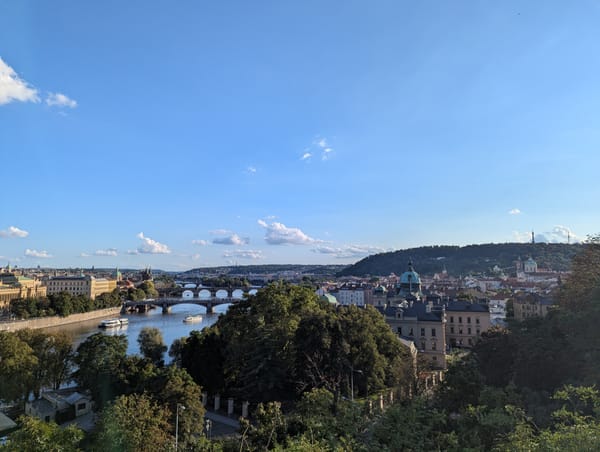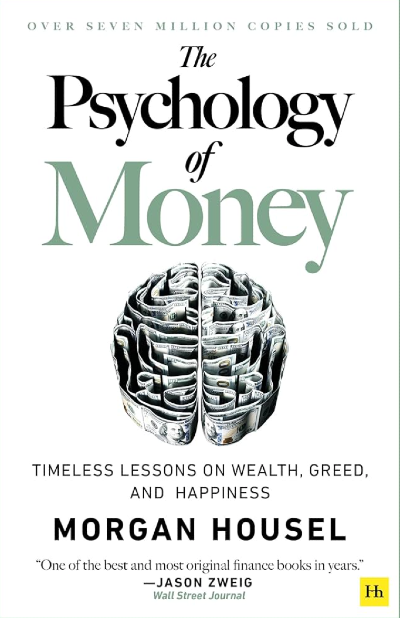A Day in Cuenca Spain
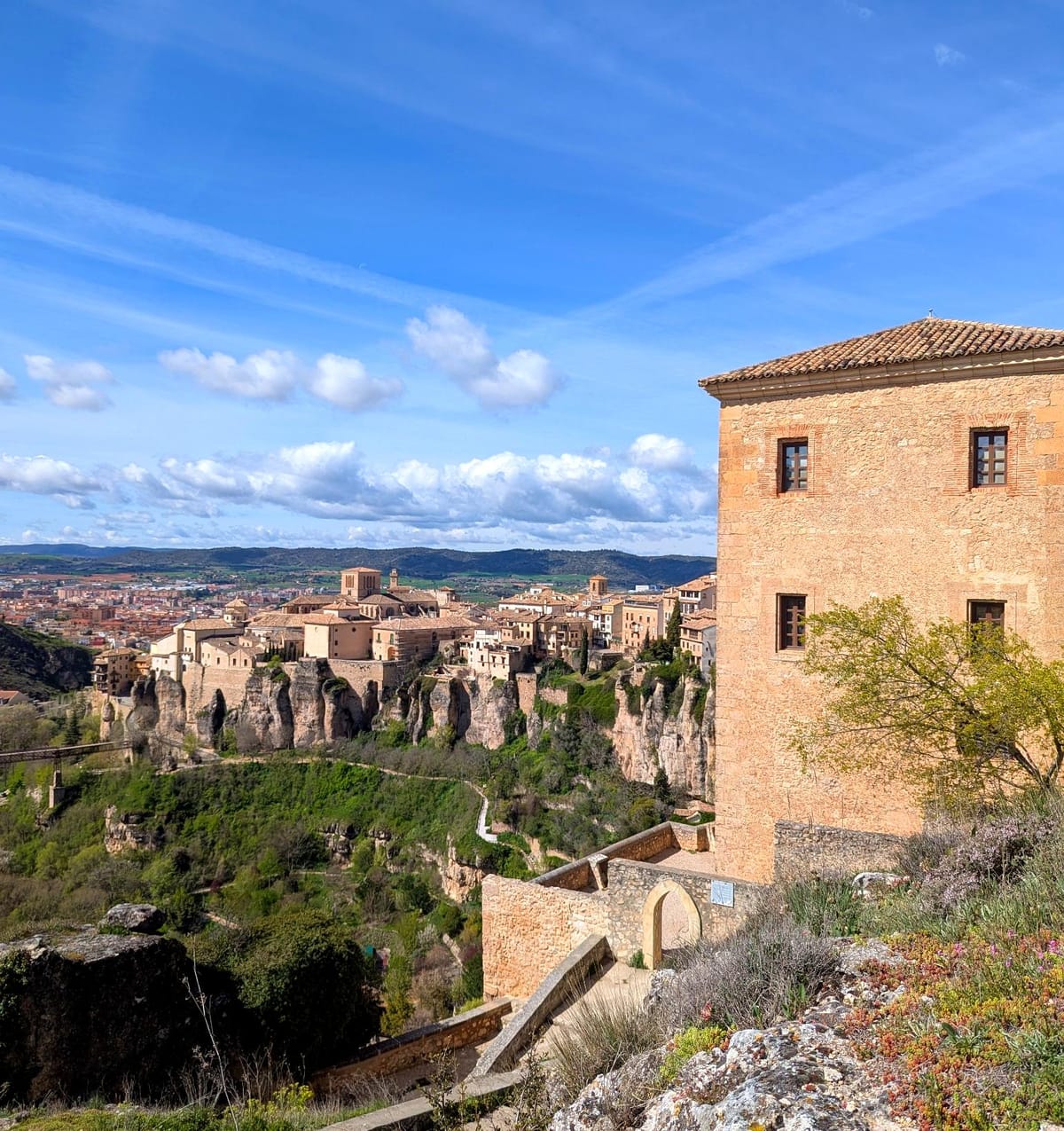
I hadn’t planned on visiting Cuenca. Originally, I’d booked a tour of Toledo (Spain, not Toledo, Ohio), but with much of the town closed for Easter Monday, that plan fell through. In its place, the tour company offered a visit to Cuenca and a nearby winery. It turned out to be perfect.
Located between Madrid and Valencia, Cuenca may not be the first city that comes to mind when traveling through Spain. But as we stepped into the historic heart of the city, it quickly felt like a special place, quiet with almost zero tourist traffic.
Our tour began at the top of the old town, near the site of the ancient Alcazaba—a term that translates to “citadel” or “walled fortress.” The city sits 3,500’ above the junction of two rivers, its cliffside location carved over years of water. The views were breathtaking. As we moved slowly downhill through narrow stone paths and weathered archways, Cuenca revealed itself in layers—both physically and historically— along with the stories from our awesome tour guide Andres.
Cuenca was founded by the Moors in the early 8th century, its fortress— Kunka — strategically positioned between two rivers and carved into the cliffs. For nearly four centuries, it remained under Islamic rule, serving as both a military and administrative stronghold. In 1177, after a lengthy siege, King Alfonso VIII of Castile captured the city during the Christian Reconquest. From that point on, Cuenca began to evolve into the medieval Spanish town we see today, eventually gaining UNESCO World Heritage status in 1996 for its unique architecture and historical significance.
Aqueducts, once ingeniously carved into the rock to deliver water, became the city’s downfall. Blocked from the outside, the population was starved of fresh water. A cistern helped for a time, but after nine long months, the residents surrendered to siege—not out of defeat, but desperation.
Unlike many cities that wear their modern identity on every wall, Cuenca is quietly preserved. There’s little signage, no overwhelming displays or commercial distractions. That lack of visual noise made it easy to imagine life in another era.
At the center of town sits the Cathedral of Saint Mary and Saint Julian, one of the earliest examples of Spanish Gothic architecture. Its grandeur has faded in places—an entire section of the upper facade has collapsed over the years. But some of those original stones were carefully saved and are now on display, which is incredible foresight into the historical significance of this place. One modern detail stood out to me: newly added stained glass windows that depict strands of DNA. A contemporary touch, meant to suggest that science and faith don’t need to be at odds.
After the tour, we visited a small, family-run winery tucked away in the countryside. The owner—retired now—keeps his entire winemaking process in his head. No spreadsheets, no charts. Just memory, routine, and care. He’s planted three types of grapes, one for each grandchild. Each vine yields about 4.5 kg of grapes, enough for roughly three bottles. I picked up a bottle to enjoy on another evening, maybe back in Madrid, maybe elsewhere. It felt like a small way to carry the day with me a little longer.
Cuenca wasn’t on my original itinerary. But that’s the thing about travel—it rarely goes exactly as planned, and sometimes, that’s the point. Some places impress you with their sights. Others stay with you because of how they make you feel. For me, Cuenca did both.
